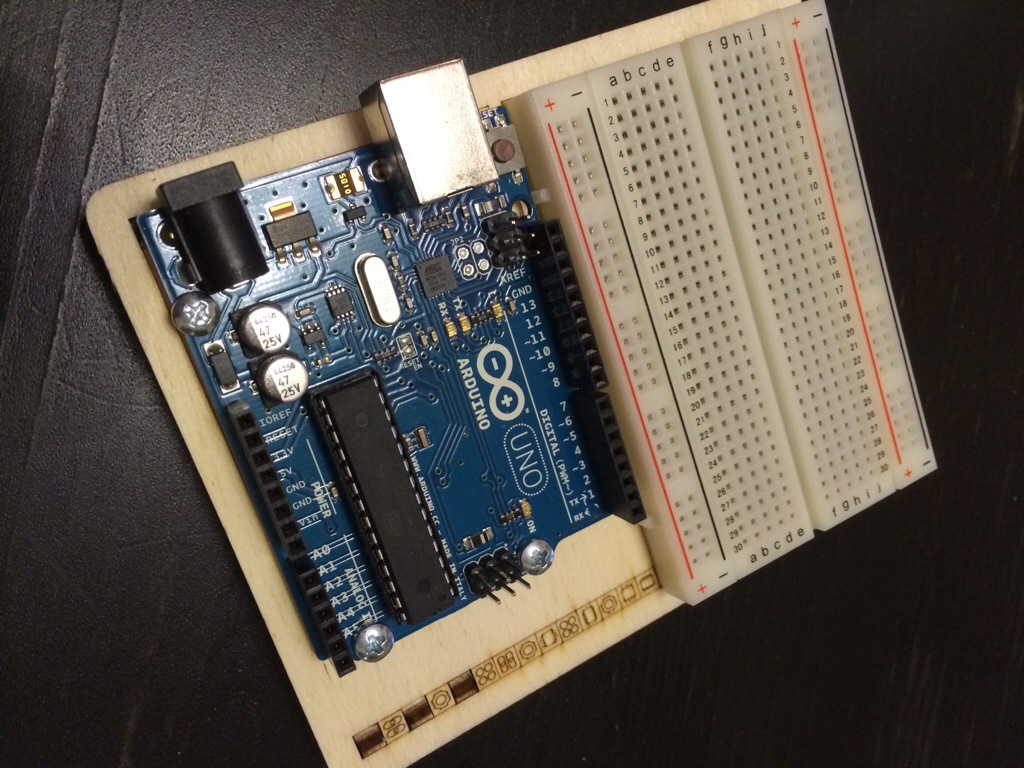Most of my friends in Hong Kong are non technical background, so last week I searched on the web and did my first Meetup in Dim Sum Labs for HackJam meeting.
My intention at first was looking for other web developers that may have similar background and share some experiences. However, in fact that Dim Sum Labs is a place that gathering people with different background, and they are people who have passion for building and hacking electronic gadgets, or the willingness to explore the future technology that could possibly change our life one day…
Yesterday, was my 2nd meetup in Dim Sum Labs, and they had guests from San Francisco. Ryan Alexander, a brilliant programmer, to demonstrate his work.

Seaquence, built in flash platform, was an experiment in musical composition. Adopting a biological metaphor, you can create and combine musical lifeforms resulting in an organic, dynamic composition. http://seaquence.org
Cubeteam was a 3D voxel modeler. UI was like Minecraft, and you were able to build 3d Model online and exported them in many formats. https://cubeteam.io/
Ryan also demonstrated his stereographic for the his photo. http://notlion.github.com/streetview-stereographic
Next guests were Gustavo Huber, Daven Rachwerk and Thomas Deckert, a Team who is developing a Ansel – The Hackable Camera. They showed us their work, and their goal that this hackable camera they wanted to achieve. I could not believe I did not take any photos of their prototype camera. It was a cute prototype! and soon they would be in Kickstarter. You can find more information here: http://ansel.io/
Last guest was Samuel Au. He showed us his KOPI KBAR 8 port USB charger, a USB charger that can charge devices at maximum speed.



Although it was only a USB charger, the intelligent behind it was great. you can connect it with your tablet for checking the current being used while charging the device. you can see how people were eager to test it out in the pictures!
Even though I ended up back home after midnight, it was a great event. Now I have became their member (by paying monthly fee), and I am sure I can meet more great people and learn more from them there.
So what’s next? I am going to order my arduino board and build something!
Read More















